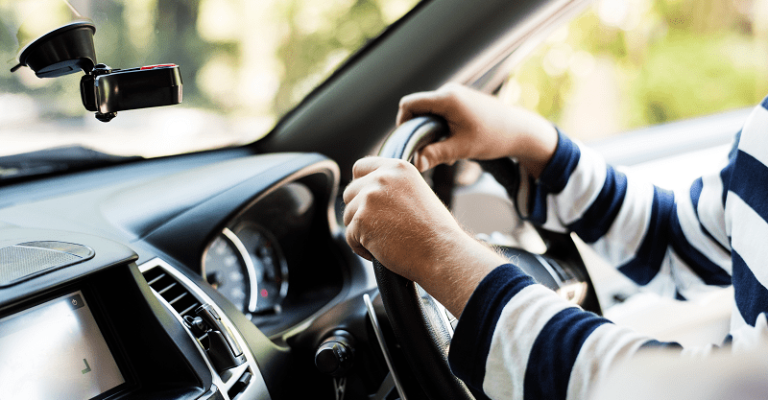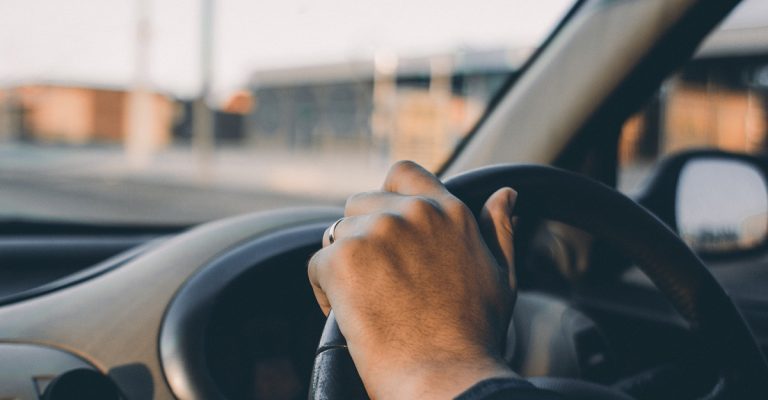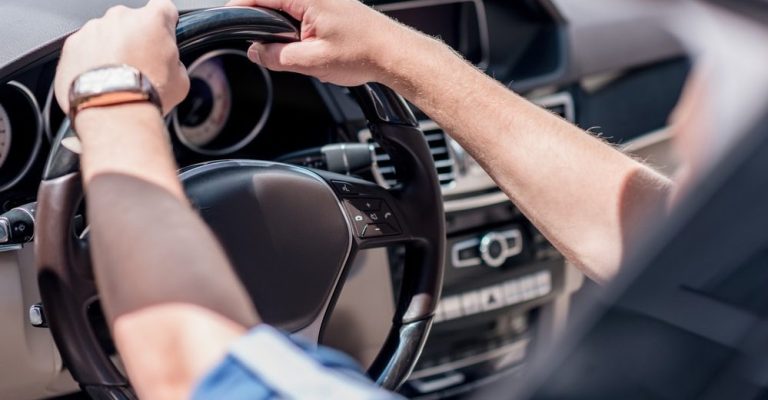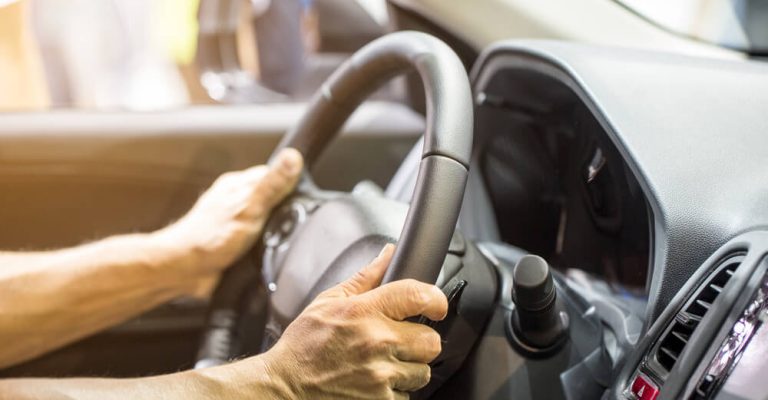
Many stroke survivors are eager to get back behind the wheel. It’s hardly surprising that survivors desire to get back behind the wheel rather than depend on others for transportation.
Unfortunately, suffering a stroke may have long-term consequences, making driving more challenging. A stroke survivor may be unaware of all of the effects of their stroke and may overestimate their capacity to drive safely. Driving against medical advice after a stroke is not only risky, but it may also be criminal.
Many stroke survivors successfully recover their ability to safely drive after a stroke, but they mustn’t try to drive until they have been approved by their healthcare professional.
You’ll discover what indications to look for while considering whether or not you can drive after stroke. Before driving again, you must work with your medical team and local driving agency. Not just for your safety but also the protection of everyone else on the road.
After this article, you’ll learn about rehabilitative actions you may do to boost your prospects of passing a driving test and getting back behind the wheel.

Many recommendations for driving after a moderate stroke include waiting at least one month and seeking medical clearance before attempting to drive again. This gives your brain ample time to recover.
The wait will be lengthier for people who have had a big stroke.
After waiting for the appropriate time, you should contact your doctor, who will evaluate your driving fitness.
Your doctor will examine you for any remaining physical, visual, or cognitive issues that might affect your driving abilities. Before enabling you to get behind the wheel after a stroke, your doctor will weigh five important factors.
It is usual to feel weakness or paralysis on one side of the body after a stroke, depending on which side of the brain the stroke occurred. Post-stroke discomfort affects more than half of all stroke survivors. Minor physical problems may be addressed using adaptive driving technology, but significant challenges, such as paralysis or contracture, can substantially impair a person’s driving ability.
Driving an automobile requires physical strength and endurance and a high level of mental agility. Driving requires a wide range of cognitive abilities.
You must be able to focus, navigate, multitask, and make fast judgments. You may have difficulties focusing, comprehending, solving issues, or making judgments after a stroke.
Unfortunately, a stroke may impair all these abilities, making driving unsafe for certain stroke survivors.

You may experience a loss of energy and fatigue after your stroke. This may impair your driving skills. Post-stroke exhaustion might make it difficult to concentrate on the road or make rapid decisions.
As a result, ensuring that your exhaustion is under control before driving after a stroke is essential. While it may seem impossible at first, there are practical techniques to overcome exhaustion after a stroke and recover control of your life.
A tiny proportion of patients experience seizures within the first 24 hours after having a stroke, and some acquire epilepsy as a result. Seizures occur in around 5-10% of stroke patients. Some will have many seizures and develop post-stroke epilepsy.
However, if you have epilepsy, it will be more difficult to get a driver’s license.
Strokes often reduce a person’s awareness of how their skills have altered. Consequently, the patient may be unaware that they can no longer drive.
Stroke sufferers are often unaware of how their stroke affects their driveability. If they want to drive after their stroke despite their doctor’s recommendation, it is critical for them and their loved ones to be aware of any warning signals that they may not be ready to drive. Here are some frequent warning indicators to keep an eye out for:
If you or a loved one exhibits any warning signals, you should immediately cease driving until your or their driving ability is evaluated.

If you have persistent physical restrictions due to your stroke, it does not imply you will never be able to drive again. In reality, you can modify your automobile to enable you to drive after having a stroke.
Various gadgets are available to assist persons with physical limitations in driving. Among the many automobile modifications are:
While adaptive equipment may assist some stroke survivors in getting back on the road, it is critical to remember that it is a compensation strategy. As a result, rehabilitation should be sought to avoid overreliance on adaptive approaches.
Driver rehabilitation professionals can assist stroke survivors in assessing their driving competence behind the wheel. Other driver training programs include a driving examination, classroom instruction, and ideas for customizing a vehicle to the requirements of the particular driver.
Fortunately, the brain has an amazing capacity to heal itself and regain lost function through a process called neuroplasticity. Neuroplasticity permits the brain to remodel neural networks, allowing intact brain parts to take up duties formerly performed by injured ones.
Neuroplasticity may be activated by rigorous, therapeutic exercise.
For many individuals, being able to drive again after a stroke signifies the pinnacle of rehabilitation. The opportunity to travel anywhere you want, when you want, is a key component of independence that everyone strives for.
We hope this article has shown you that driving after a stroke is possible with the proper therapy and planning.
However, it is equally critical to maintain a sense of reality. Driving is risky, and if your cognitive or physical skills are hindered, you may jeopardize your and others’ lives.